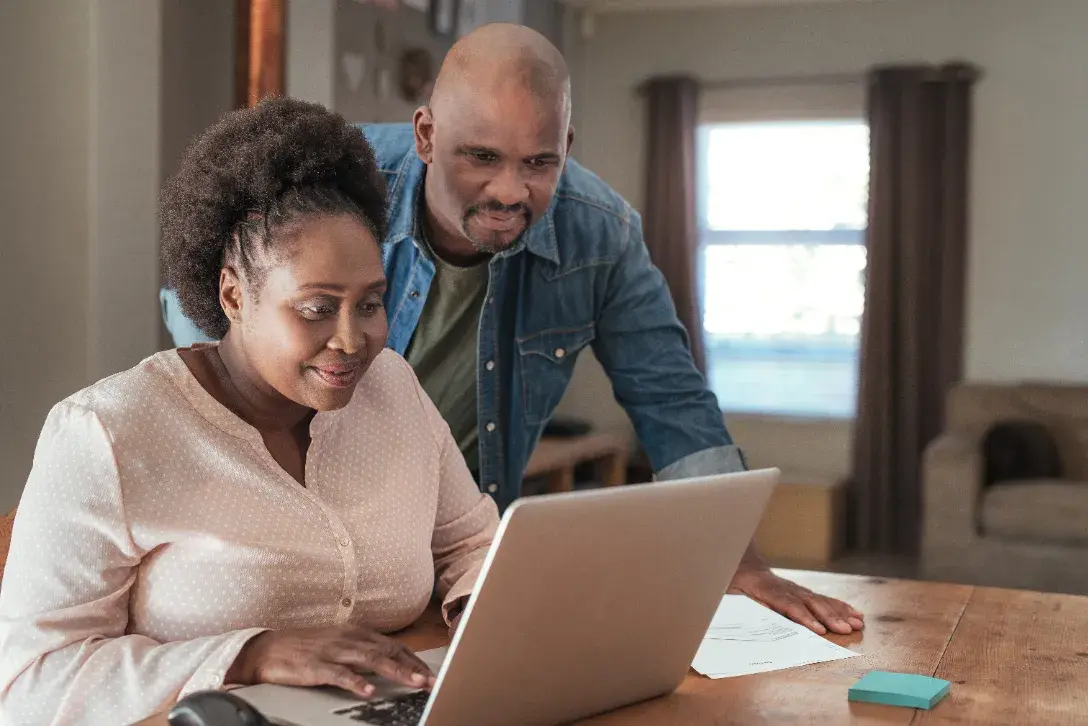Inclusive clinical research populations are necessary for a successful study, and new laws are beginning to mandate diversity action plans to promote diversity clinical trial enrollment.
Yet recruiting research participants from communities of color is often more challenging than recruiting from white populations. The issue is partly due to the fact that researchers have been neglecting these communities but also because people of color tend to be more reluctant to participate.
There are many reasons why this is the case, but among the most important clinical trial recruitment challenges is the fact that communities of color often don’t trust medical researchers or the medical establishment as a whole. A history of exploitation and continuing prejudices make people of color understandably wary.
If clinical researchers want to recruit diverse research populations, they need to acknowledge this history and take proactive steps to overcome it, beginning with affective trust.
A History of Racism to Overcome
Historically, cultural diversity and sensitivity in healthcare have been poor, and communities of color have not been included by researchers. Though protections are now in place to make sure all research participants are treated equally, the memory of past exploitation remains and influences current behavior patterns.
The most notorious example of exploitative research is the Tuskegee Study of Untreated Syphilis in the Negro Male, in which Black men were used to study syphilis without their informed consent. Told they were being tested for “bad blood,” a folk term for multiple ailments, these men had their diagnoses kept from them and were refused treatment for several decades.
The Tuskegee study is the most well-known example of people of color being harmed by researchers, but it’s unfortunately not the only one. There are records of enslaved Black people being used for medical research and of women of color being forcibly sterilized as part of Eugenics programs, among other examples.
It can be easy to think of these racist acts as things of the past, but the racist attitudes that underpin them have persisted. Prejudices remain pervasive in the medical establishment and dictate the quality of treatment that people of color receive.
For example, studies have shown that physicians are less likely to take Black people’s medical complaints seriously, and their pain is often undertreated. A recent survey found that 69% of people of color or from ethnic minorities have had negative experiences with medical professionals that eroded their trust in the healthcare system.
With this history of abuses and prevailing prejudices, it’s no wonder that communities of color are less likely to participate in clinical research. Researchers have a responsibility to take the first step toward overcoming clinical trial recruitment challenges and cultivating cultural diversity and sensitivity in healthcare. To do this, they first have to acknowledge history so they can begin to establish affective trust.
How Researchers Can Cultivate Affective Trust
Providing surface-level guarantees of participant protection often isn’t enough to convince communities of color to trust a research study. Instead, researchers need to cultivate something called affective trust – trust based on an emotional connection and shared values.
Affective trust is just as important as cognitive trust, or trust based on logical reasoning, when connecting with underrepresented communities for clinical research participation. When affective trust is established and participants believe that researchers genuinely have their best interests at heart, patient engagement in clinical trials is likely to improve.
Establishing affective trust requires researchers to take a proactive and patient-centric approach to outreach. Here are some things you can do to build affective trust with the communities you want to recruit from.
Proactively Engage with a Community
Establishing affective trust means being the first one to reach out. Show that you’re willing to meet people where they are by becoming active in the communities you want to recruit from.
This could mean participating in community events or forming partnerships with local community centers, Federally Qualified Health Centers (FQHCs), demographic-specific healthcare providers, and other trusted organizations. Also, look for opportunities to get connected with more grassroots groups like volunteer organizations or health-related support groups.
The specific partnerships that will best help you address clinical trial recruitment challenges will differ depending on what already exists in a community. However, the key goal is to demonstrate respect by genuinely connecting with that community.
Create Clear and Transparent Communications
For communities of color to trust your organization, they need to feel that you will always be honest and direct with them. This can be demonstrated by the tone of the recruitment materials you provide.
When reaching out to an underrepresented community, try to write communications that are clear, transparent, and direct. Avoid medical jargon, and make sure materials are translated into all languages spoken in the community you’re reaching out to. Make sure your materials include images that align with a visual representation of the community so that every element of your outreach will resonate. Also, distribute these materials where people in the community already spend their time, including in-person community spaces and online resource centers.
Involve Community Leaders
Gaining the support of someone who has already established affective trust in a community can speed up the time it takes you to earn trust on your own.
Reach out to people involved in community organizations, local healthcare clinics, or even religious organizations for support. The influencers in these groups will know how you can best connect with their community members and can also help vouch for you.
You can also form connections with individuals by getting involved with community-based groups, either in-person or online, where people from your target community come together to socialize or provide mutual support.
Improve Diversity and Patient Engagement: Clinical Trials Support with Acclinate
After years of systemic racism in healthcare research, it’s understandable that clinical trial enrollment among communities of color remains low.
Overcoming these clinical trial recruitment challenges means establishing affective trust based on an emotional connection with your organization. To do this, it’s important to be proactive about finding authentic ways to connect with your target community. That means forming partnerships with and distributing materials through community organizations, both in-person and online.
For a broad reach, you can consider connecting with NOWINCLUDED, a community hub powered by Acclinate. Through this community built especially for people of color, Black patients find healthcare resources and support for various health conditions. The personal relationships created through NOWINCLUDED build the affective trust needed to successfully encourage patient engagement in clinical trials through online and in-person events.
Boost inclusivity in trials faster and for the long term by zeroing in on the populations you lack. Acclinate gives you access to communities of color, facilitates engagement around your trials, and then analyzes the data generated to predict and plan where and when your next effort should happen to create the ongoing representation you need. To learn more, schedule a 1:1 Meeting.







.webp)






